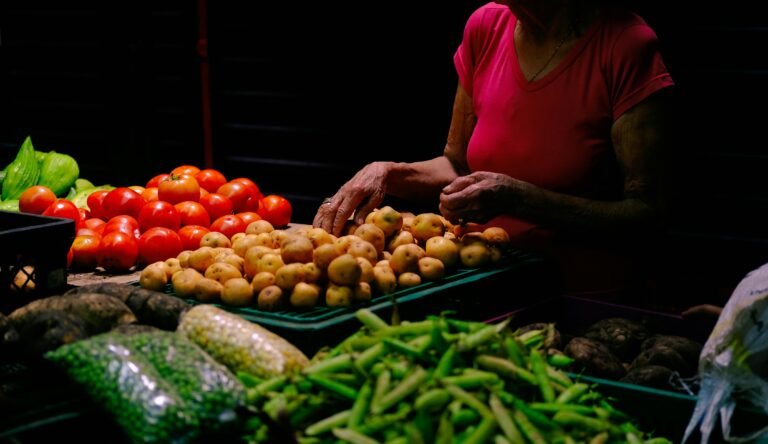The Viking diet or Nordic diet
 I have often talked about the Nordic diet or Viking diet even before the craze broke out, that is when the famous Nordic Diet Manifesto came out , and the first newspapers talked about it in early 2014. At the end of 2o14, an American journalist wrote a long article on Vogue ( this one) in which he told how he lost his extra pounds in just two weeks by eating according to the trend of the Viking diet. So I decided to write about it too, also because unlike the Paleo diet, the Nordic or Viking diet is sustainable in the long term and is really healthy,so much so that it is thought that it will undermine the primacy of the Mediterranean diet for its benefits. In fact, as you will see below, the Mediterranean diet and the Nordic diet have a lot in common.
I have often talked about the Nordic diet or Viking diet even before the craze broke out, that is when the famous Nordic Diet Manifesto came out , and the first newspapers talked about it in early 2014. At the end of 2o14, an American journalist wrote a long article on Vogue ( this one) in which he told how he lost his extra pounds in just two weeks by eating according to the trend of the Viking diet. So I decided to write about it too, also because unlike the Paleo diet, the Nordic or Viking diet is sustainable in the long term and is really healthy,so much so that it is thought that it will undermine the primacy of the Mediterranean diet for its benefits. In fact, as you will see below, the Mediterranean diet and the Nordic diet have a lot in common.
First of all, where did the Nordic or Viking diet come from? This diet represents the traditional food lifestyle of the Northern European populations, but a first attempt at “standardization” was developed in 2004. At the time a group of multi-starred chefs, led by one of the most exclusive restaurants in the world, Noma , developed the “Manifesto for the New Nordic Kitchen” : the attempt was to differentiate itself from any Western food fashion, even if gourmet, focusing on the simplicity and freshness of local products. A sort of “glocal” food revolution based on “real food”
The Nordic diet favors the typical foods of Northern European countries. Let’s see what the yes foods and the no foods are.
We can eat some foods to our fill, others to proportion.
NORDIC DIET: FOOD Yes
Fish: in particular salmon, herring, mackerel, sardines and sardines, shellfish, but also cod, cod, tuna. Focus on fresh fish and not farmed fish.
Meat: red rather than white meat, and game or lamb. Avoid intensively farmed meats and poultry.
Eggs: yes, but organic and grown on the ground.
Wholemeal bread (with oilseeds and cereals: rye bread and barley bread or black bread the best), whole grains (barley, rye, oats, brown rice in particular), potatoes (to be preferred and alternated with whole grains), legumes , seasonal fruit and vegetables, butter, olive or canola oil. Many aromatic herbs.
Cheeses: yes, but fatty, like cheddar, and among the leanest yoghurt is in the head, to be eaten daily and preferably whole. Green light also for cream and sour cream.
Sugars; natural sugars such as honey, maple syrup, barley malt, are to be preferred.
NORDIC DIET: NO FOODS
All farmed foods, soy products, industrial and processed foods, refined or “white” products, fruit juices with added sugars (ok unsweetened apple, grapefruit and orange juice), white sugar and sugary breakfast cereals.
To eat in quantity: vegetables, fruit, legumes, potatoes.
To eat per portion: a portion of meat or fish or cheese or eggs per meal (meat and fish more or less the size of a fist). The meal must be balanced.
For lunch, brown rice with steamed salmon and spinach; for dinner grilled cheese with asparagus and potato salad or two slices of barley bread.
Breakfast is usually salty: eggs, bacon, rye bread, cheeses, yogurt and even liver pate with berry sauce; but excellent alternatives are sweet breakfasts of homemade muffins or biscuits with wholemeal flours, barley bread with honey and butter, a bowl of porridge with blueberries and yogurt.
Wine? Wine, beer and cider in moderation: one glass a day.





























+ There are no comments
Add yours